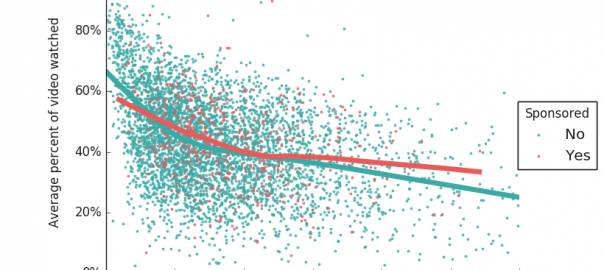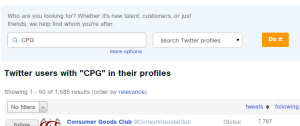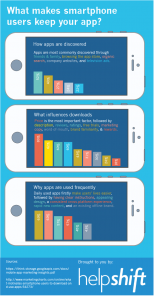— March 15, 2018
Influencer Marketing is about attention. Attention for personalities, attention for causes, and for many marketers: potential attention for their products and brands. However, in a digital age where so many other things competing for our attention and distracting us. 56% of videos published in 2017 were under two minutes long. Our attention spans our dwindling, but that’s not necessarily a bad thing.
Something we’ve heard time and time again from both marketers and influencers is: what’s the ideal length for my video(s)?
The general — and vague — rule has usually been to keep content as short as possible. Is this hypothesis true? We took a deep dive into data from over 5,000 videos on our network to find out: how long is too long?
Does Length Affect Watch Duration?
The first question we need to answer is: how long do people spend, on average, on watching a video? Unsurprisingly, not that long. You can expect more than 60% of a video under five minutes to be watched. However, this dips down dramatically after the ten minute mark, with audiences watching less than 50% of the entire video:
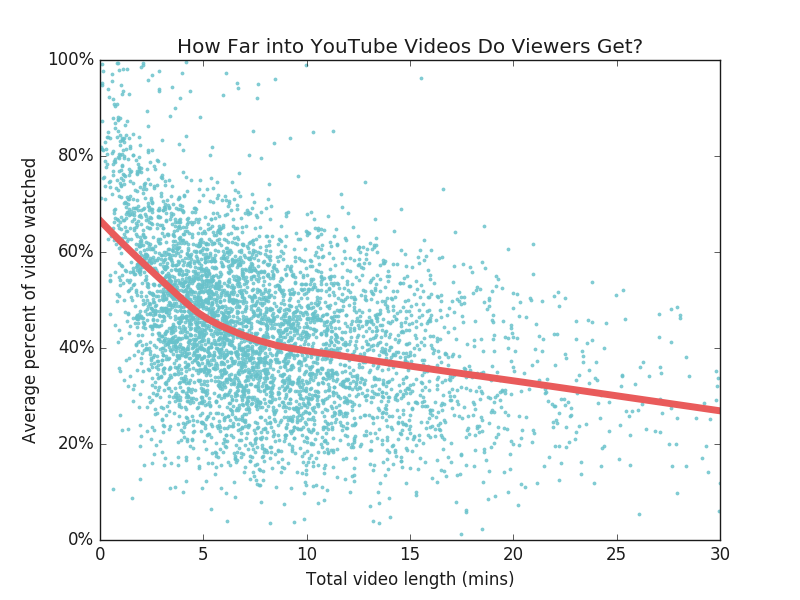
The longer a video is, the less likely a user is to actually complete the video.
Obviously, there are some exceptions to this rule depending on the creator. The best way to guarantee results is to — as always — collaborate closely with creators and to ask them exactly what drives engagement on their videos.
For example: although video watch duration takes a dip across all videos, the picture is a little different if you break it down by gender:
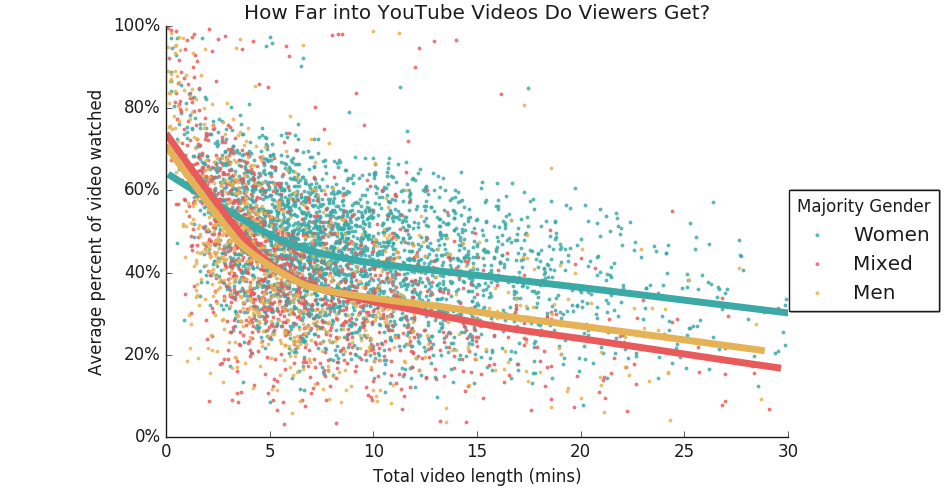
While view length still tends to drop pretty dramatically after the five minute mark, videos from YouTubers with audiences that are predominantly female command higher view lengths. So, if your strategy calls for a more integrated campaign beyond shout-outs, it might be worth investing more time into discovering female creators.
Recommendation: If your campaign has a call-to-action, definitely make sure the creators you partner with include it in at least the first 2-5 minutes of a video. That’s where the prime real estate is. However, take care to only use this data as a benchmark. As stated: the best person that knows your target demographic is the influencer you’re working with. Make them a key partner as you craft content to make sure campaigns are as effective as possible.
Does Sponsored Content Hurt Engagement?
The wild west of YouTube is over. If you don’t want to run afoul of the FTC, content must explicitly be labelled as sponsored. For creators, this might raise concerns about “selling out.” For brands, so transparently sponsoring a video runs the risk of being linked with content that could be considered “inauthentic” and would drive views down. After all, you’re paying the creator to authentically promote your brand or product, right?
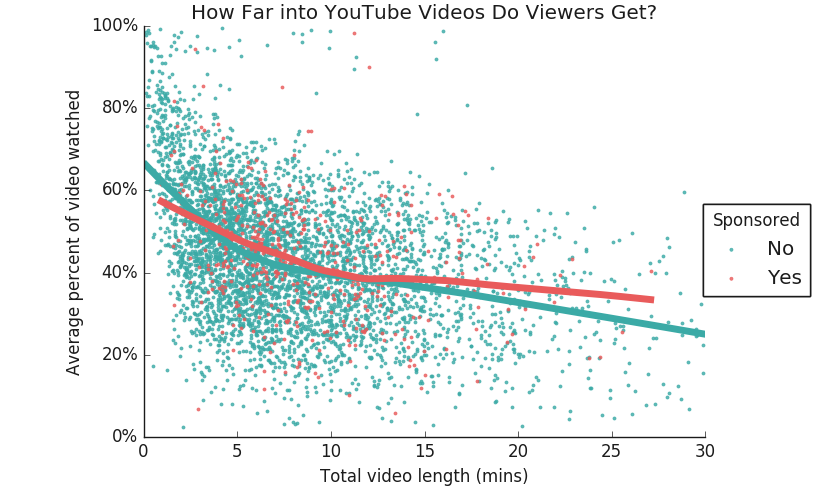
Well we have good news: explicit declarations on sponsored videos don’t actually matter in the long run. Many audiences, in fact, cheer on the influencers they follow when they start doing sponsored videos because it’s a sign that their favorite creators have “made it.”
Recommendation: Whether a video is sponsored or not, the most effective videos are at best, less than five minutes long. At the most, ten minutes long. Since transparent disclosures don’t particularly matter, it’s always best to lean on disclosures that are as transparent as possible.
To recap:
- The most effective videos are less than five minutes long.
- Female creators tend to command a higher attention span
- Work closely with your influencer(s) to come up with the right game plan
- Sponsorship declarations doesn’t hurt engagement, so be as transparent as possible.
Digital & Social Articles on Business 2 Community
(67)
